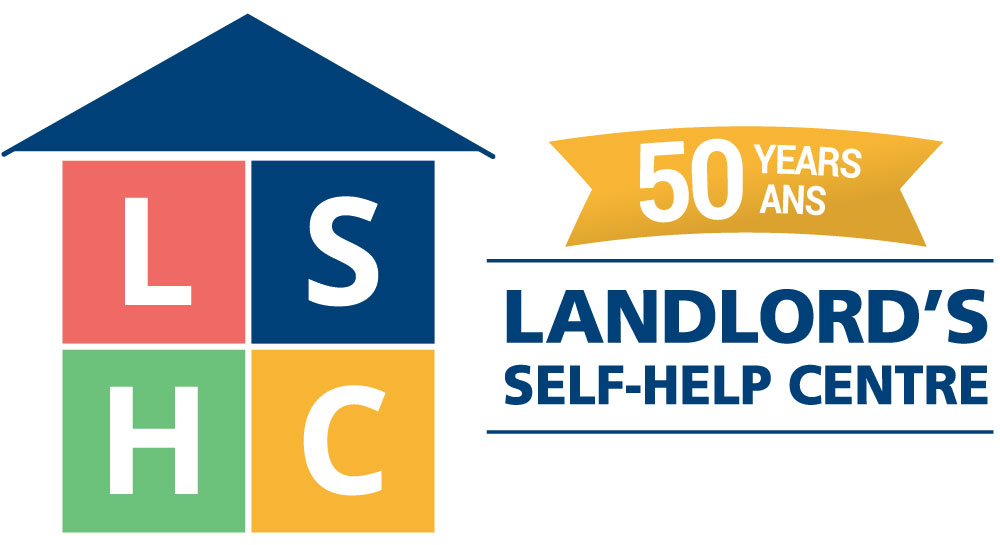Your first stop for self-help is a review of our FAQs. Take a look at the ever increasing collection of questions asked by Ontario’s small-scale landlords as well as the actual answers provided by Landlord’s Self-Help Centre.
You would be able to file an application with the Landlord and Tenant Board to evict the tenant as long as it’s filed within 30 days from the termination date on the Form N11. If it is past the 30 days then the agreement is now null and void and the tenant can continue the tenancy.
Although a landlord may give an N13 notice to terminate a tenancy at the end of the lease term in order to do extensive renovations, this process would not work in this case. This is because tenants have the “right of first refusal” – in other words, they are allowed to move back into the renovated unit at their previous rent once renovations are complete.
As of July 21, 2020 the landlord is required to give the tenant one month’s rent as compensation, or offer the tenant another acceptable unit if pursuing the N13 when there are less than 5 rental units in the property (3 months’ compensation for buildings with more than 5 rental units). The compensation must be given before the termination date on the notice.
If the current tenants do not move out on their own accord by the end of the fixed term tenancy agreement, landlords may want to explore the option of offering tenants compensation and/or moving expenses in exchange for terminating their tenancy by agreement, using Form N11.
The N11 is the right form to use if the landlord and all the tenants agree to terminate the tenancy. The form is available here: https://tribunalsontario.ca/ltb/forms/
Remember to make sure that the correct unit address is listed on the form. Should the tenants fail to move out by the specified date, the follow-up forms would be the L3 Application and a Declaration.
If the tenant has signed an Agreement to Terminate a Tenancy and has not vacated the unit by the termination date the landlord within thirty days must file an L3 application to the Board along with a Declaration stating when the agreement was signed, that the agreement was not signed at the time the tenancy agreement was entered into and that no other agreement was entered into thereafter that would affect the Agreement to Terminate. The Board will issue an order for eviction, which will be mailed to the landlord who can then take it to the Sheriff’s office for enforcement.
When a tenant vacates a rental unit based on having signed an Agreement to Terminate, they do not have the right of first refusal.
When a rental property is sold and there is a lease in place, the landlord cannot give notice to terminate the tenancy. The new owner would have to honour the existing lease. However, if your tenants are willing to move out earlier, ask them to sign a Form N11 which is a mutual agreement between the landlord and the tenant to terminate the tenancy. This form can be obtained from the Landlord and Tenant Board’s website at https://tribunalsontario.ca/ltb/forms

